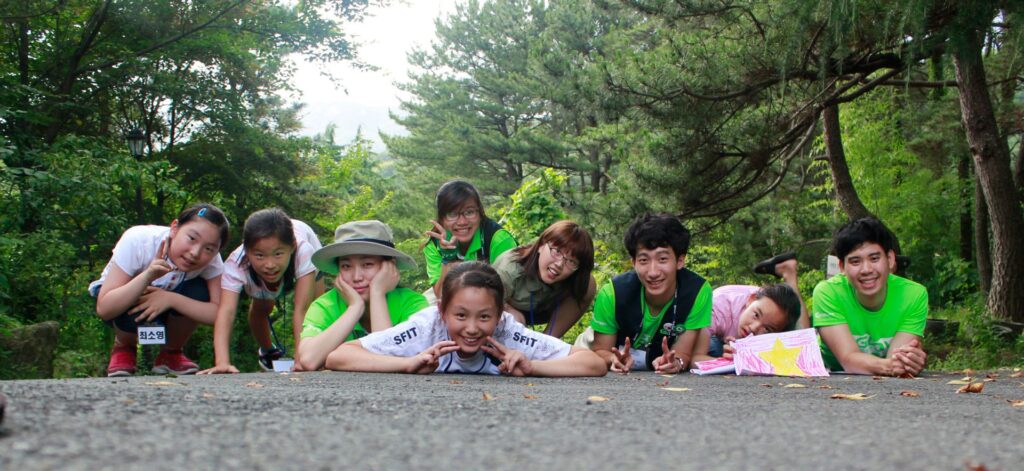-
From14/09/2025
-
to27/09/2025
- +84 338 926 243

- Tổng hợp dự án
- Send an email
- Lượt xem: 660
- Share
- prev
- next
You May Also Be Interested In
Hiwasa
- Japan
09/10/2025 > 14/10/2025
MEXICO - Sea Turtles Conservation VIII
- Mexico
19/11/2025 > 01/12/2025
Bloom Beyond Coffee: Reviving Villages
- Hongkong
29/12/2025 > 05/01/2026

